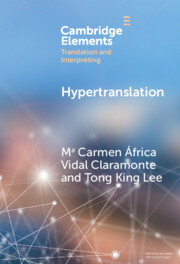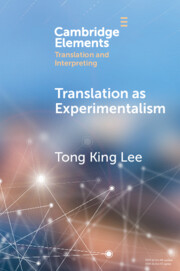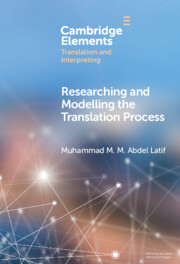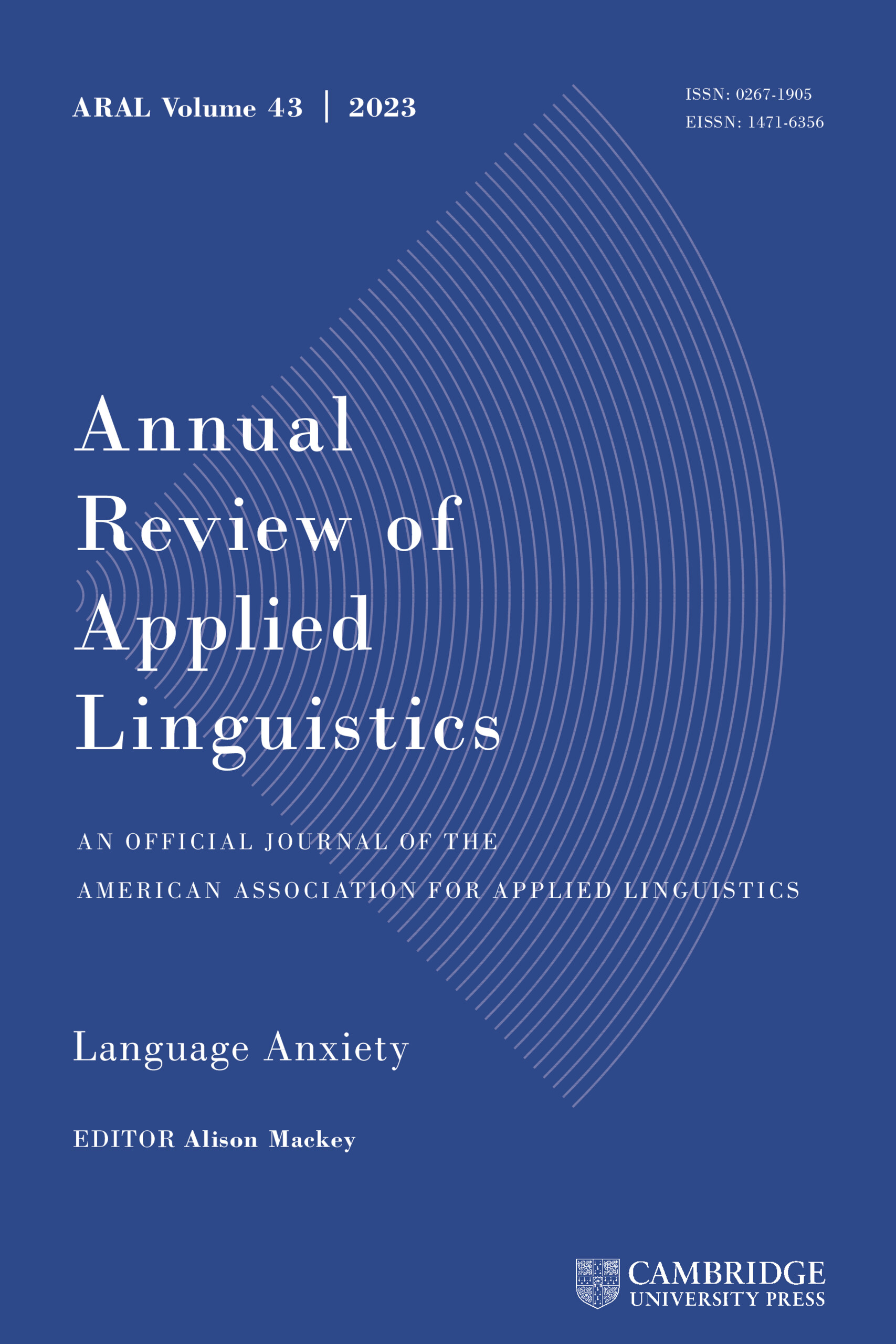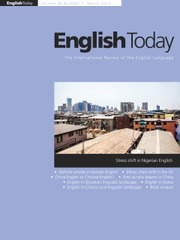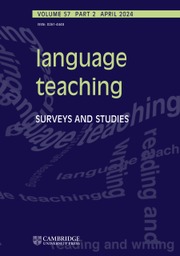Hypertranslation
Hypertranslation refers to a vast and virtual field of mobile relations comprising the interplay of signs across languages, modes, and media. In hypertranslation, the notions of source/target, directionality, and authenticity are set in perpetual flow and flux, resulting in a many-to-many interactive dynamic. Using illustrations drawn from a wide range of literary and artistic experiments, this Element proposes hypertranslation as a theoretical lens on the heterogeneous, remediational, extrapolative, and networked nature of cultural and knowledge production, particularly in cyberspace. It considers how developments in artificial intelligence have led to an expansion in intersemiotic potentialities and the liquidation of imagined boundaries. Exploring the translational aspects of our altered semiotic ecology, where the production, circulation, consumption, and recycling of memes extend beyond human intellect and creativity, this Element positions hypertranslation as a fundamental condition of contemporary posthuman communication in Web 5.0 and beyond.
Product details
January 2025Hardback
9781009518802
80 pages
229 × 152 × 6 mm
0.255kg
Not yet published - available from February 2025
Table of Contents
- 1. Translating beyond
- 2. What is so hyper about hypertranslation?
- 3. Hypertranslational re-readings of language art
- 4. Memes, intersemioticity, experientiality
- 5. Hyperreality: When the body translates
- 6. Apropos of AI: hypertranslation as a semiotic condition
- 7. Conclusion
- References.

